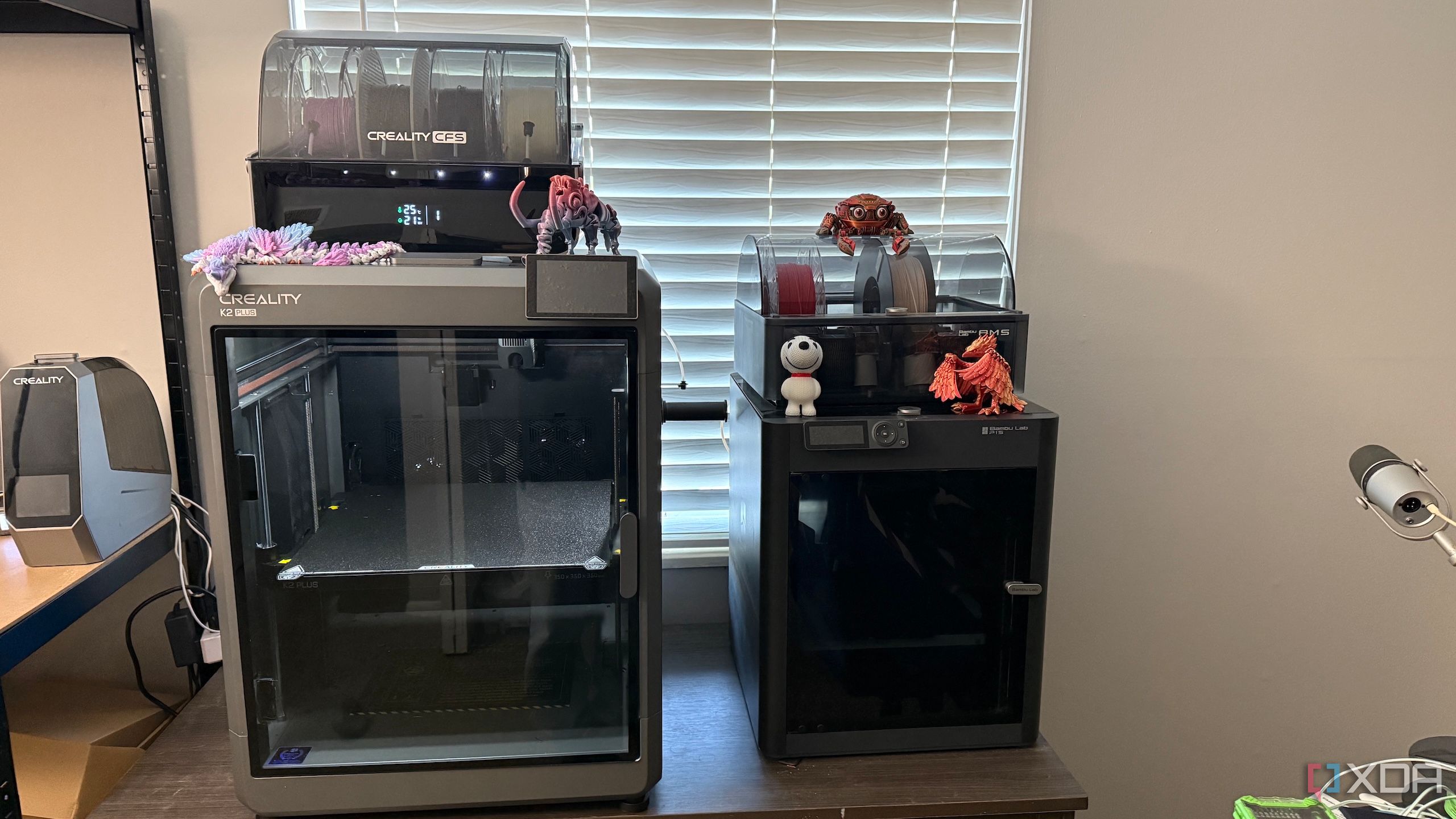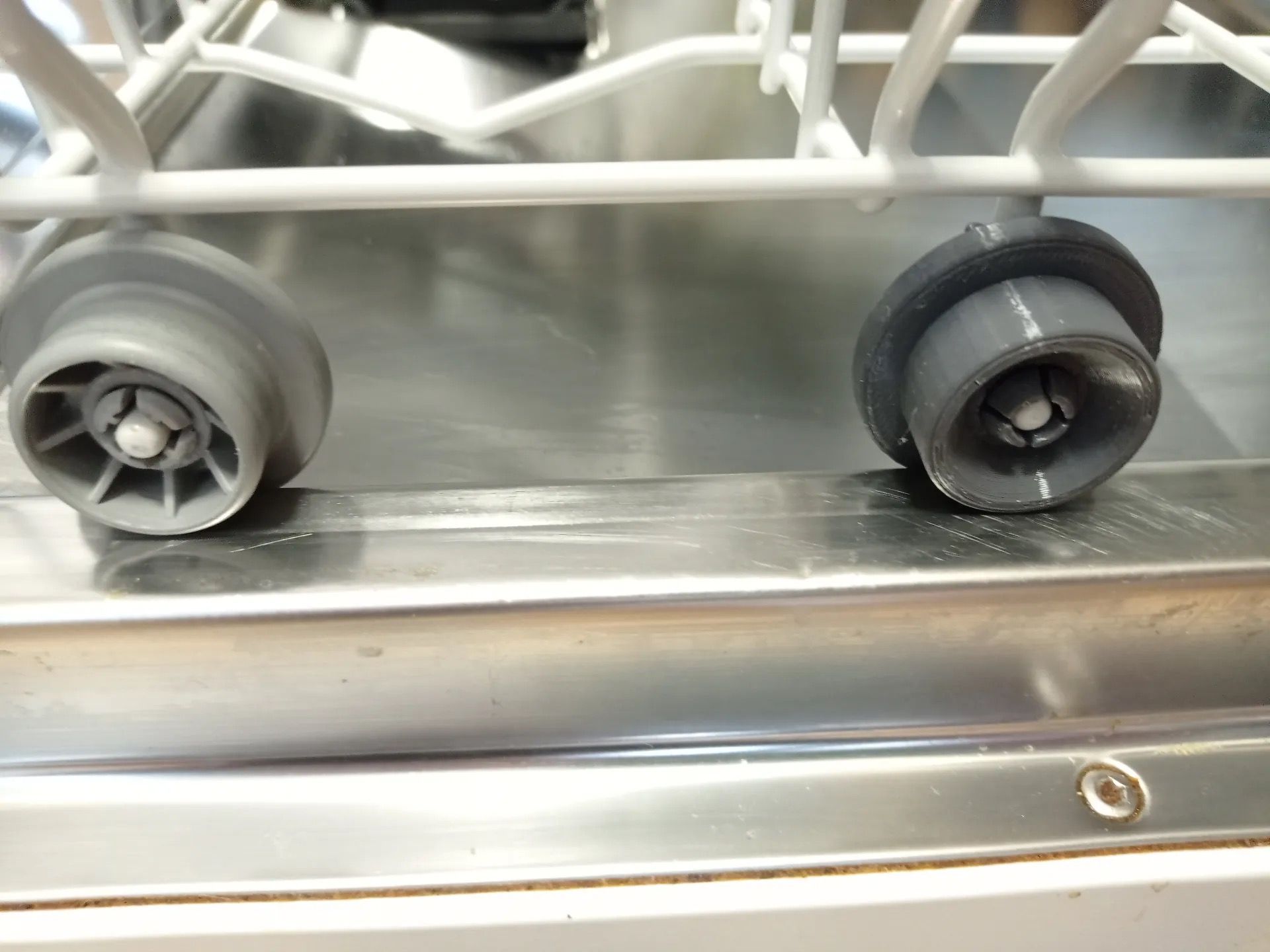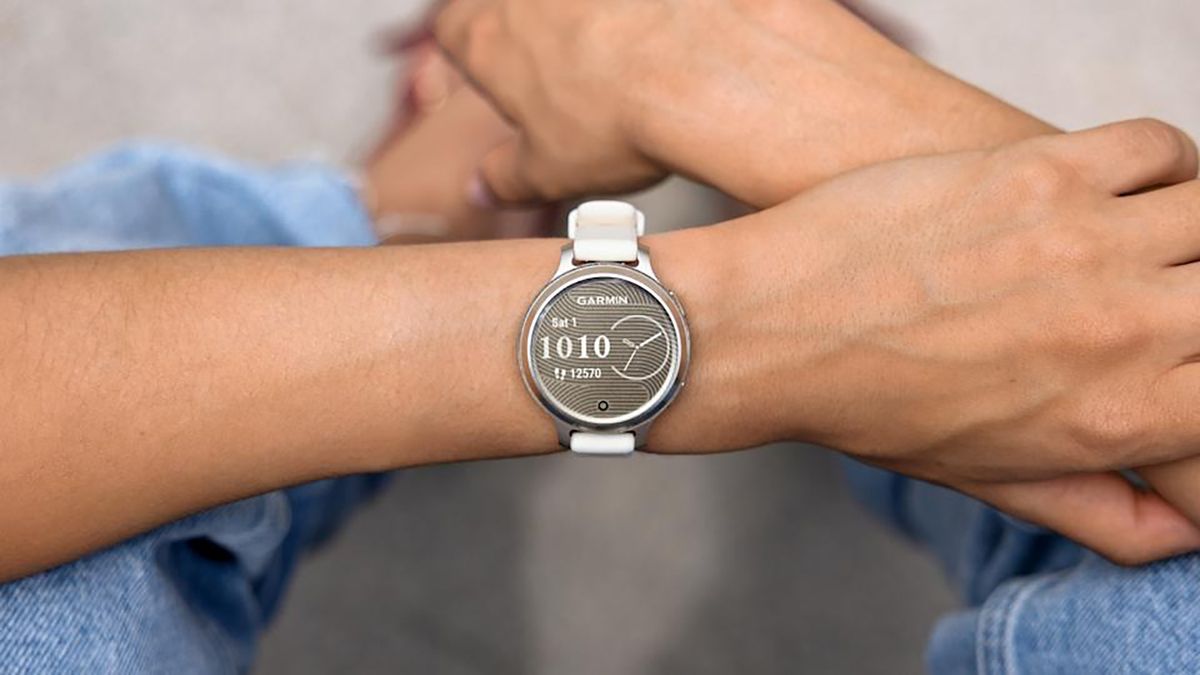Owning a 3D printer has made it easier to solve minor household annoyances without a trip to the hardware store. Instead of ordering replacements or improvising with tape and glue, I can design or download exactly what I need. Most of these fixes took less than an hour's print time and used just a few cents' worth of filament. Here are some of the practical home repairs I’ve knocked out with nothing more than my 3D printer.

Related
6 smart home gadget accessories you can 3D print for $5
Getting your smart home gadgets to fit nicely into your decor doesn't have to be expensive when you 3D print mounts and other accessories for them
5 Repaired a broken dishwasher rack wheel
Printed a replacement part that snapped into place
 Source: Raphaelz/MakerWorld
Source: Raphaelz/MakerWorld
When one of the wheels on my dishwasher's lower rack broke off, it made the whole thing hard to roll in and out. The plastic had cracked at the stem and wasn't repairable with adhesive. I found a model online that matched the original part and printed it in PETG to withstand the heat and moisture. After a quick cleanup of the support, the new wheel clicked securely into place.
It's been holding up for months with no sign of wear or warping. The fit was nearly identical to the original part, and the rack now glides smoothly again. If I hadn't had the printer, I would've had to order a whole new rack or wait several days for the part to arrive. Instead, the repair was done the same day and cost me less than a quarter.
I slightly tweaked the print orientation from the original file to align the layer lines with the axis of the stem, providing more strength. That's the kind of flexibility that makes a 3D printer such a valuable tool for simple household fixes. In this case, the combination of durable filament and a precise model made all the difference.
4 Created a custom headboard shelf for my HomePod and more
Designed and printed a shelf that fits over my headboard
I like to listen to music while I'm going to sleep, and I have a HomePod mini just for that purpose. To allow me to hear the music without blasting it, I placed it on top of my headboard. The problem is that I was constantly knocking it off the back of the headboard, and then I would have to crawl down on the floor to retrieve the HomePod mini. I worried that it would eventually break my HomePod, and I would have to buy a new one.
I decided to try my hand at creating my own shelf that would slide over the back of my headboard. Using the free online software Onshape, I first designed a shelf that had an insert to slide over the top of my headboard. To make it perfect for my HomePod mini, I added a raised circle with an indentation that allows the bottom of the HomePod mini to fit in perfectly. I also designed an opening in the back of the shelf for cable routing.

It took a couple of iterations, but eventually I got a design that works perfectly for me. It stays securely on my headboard, my HomePod doesn't move, and it also allows space for me to place other things that I want, like my eyeglasses. This was an example where I could not find a ready-made model for that purpose, so I designed my own. Nevertheless, it shows just how useful a 3D printer can be in solving household dilemmas.
3 Replaced a missing shelf peg
Designed custom support to match the existing ones
When a shelf peg disappeared from one of my bookcases, the shelf above it began to tilt and became unusable. The pegs had a strange profile that didn't match the standard ones at the hardware store. I used calipers to take precise measurements of one of the remaining pegs and model a new one in Onshape.
I printed it in PPG so it would flex just enough to snap into the holes without cracking. The first version was slightly too thick, but a quick adjustment fixed that. After sanding the edge, it fit into the cabinet perfectly. The shelf has been level and stable ever since.
Having the ability to re-create tiny hardware pieces like this is one of my favorite uses for 3D printing. There's no waiting for a special order or worrying about matching obscure parts. With a bit of modeling work, I can create replacements that perform just as well as the original components.
2 Saved a frayed phone charging cable from the trash
Created a flexible strain relief sleeve to protect it
One of my USB-C charging cables had developed a frayed spot near the connector, and it was starting to affect the connection. I printed a flexible TPU strain relief sleeve that wraps around the damaged section and reinforces the cable where it bends the most. The sleeve is split along one side, allowing me to slip it over the cable without cutting or slicing.
I chose TPU for its flexibility and grip, which keeps it from sliding around. The sleeve features ribs along its length to provide additional strength during use. Once it was in place, the cable worked like new again and felt much more secure at the connector.
I've since printed a few more of these sleeves in different sizes for other cables around the house. It's a small print that only takes a few minutes, but it extends the life of chords that would otherwise be destined for the trash. Additionally, I can match the color of the sleeve to the cable, making it easy to identify at a glance.
1 Repaired a broken window latch
Made a replacement that locks just like the original
A small plastic latch on one of my windows cracked and stopped locking properly. It wasn't a part I could easily find at the store, and the shape was pretty to that window design. I took the broken piece and recreated it in my slicer, then printed a replacement and ABS for extra strength and UV resistance.
I reinforced the areas that had cracked initially, and the new part clicked into place perfectly. The window now locks securely again, and the printed latch has held up through multiple open and closed cycles without issue. It's a great example of how a functional print can restore something that would otherwise need replacement. This fix cost me nothing, except for a bit of filament and some time. If it fails again, I can simply reprint it with the updated tweaks. Having a printer on hand, I can solve problems like this as soon as they arise, without having to hunt through parts bins or call for service.
A little filament goes a long way at home.
These small projects show just how useful a 3D printer can be for tackling practical problems around the house. With a bit of creativity and the right materials, I've been able to fix things quickly, affordably, and on my own schedule. Recently, I got a 3D scanner, and I'm looking forward to incorporating that into my workflow when I need to make a household repair. This turns 3D printing into more than just a hobby; it becomes a reliable tool in my home repair kit. Each time I knocked out a fix like this, it reminds me why I keep the printer ready to go.
.png)










 English (US) ·
English (US) ·